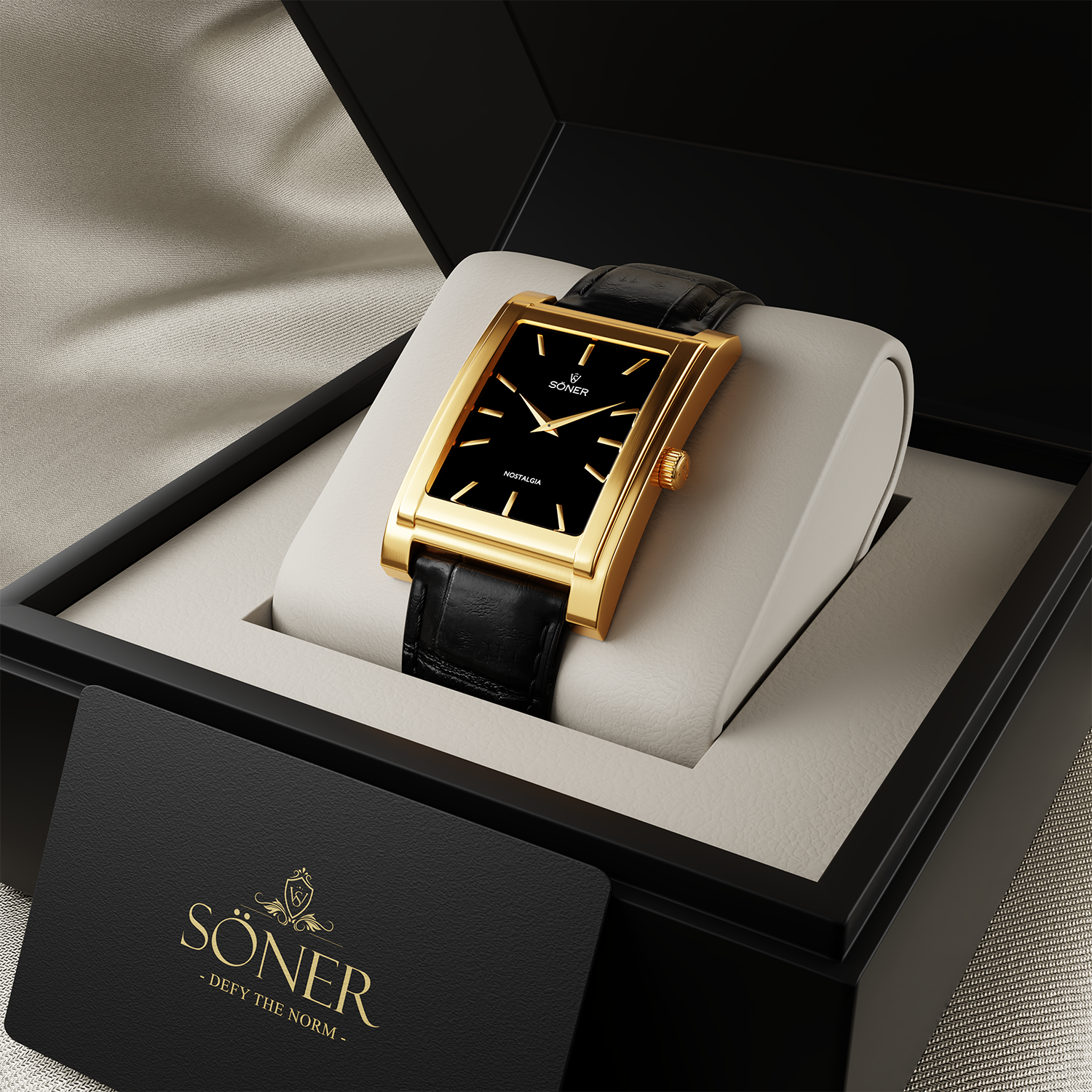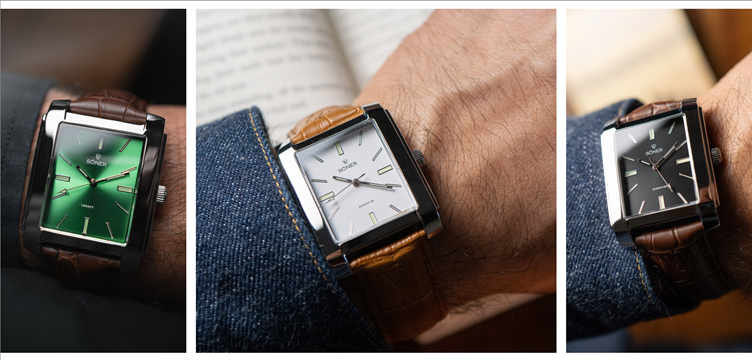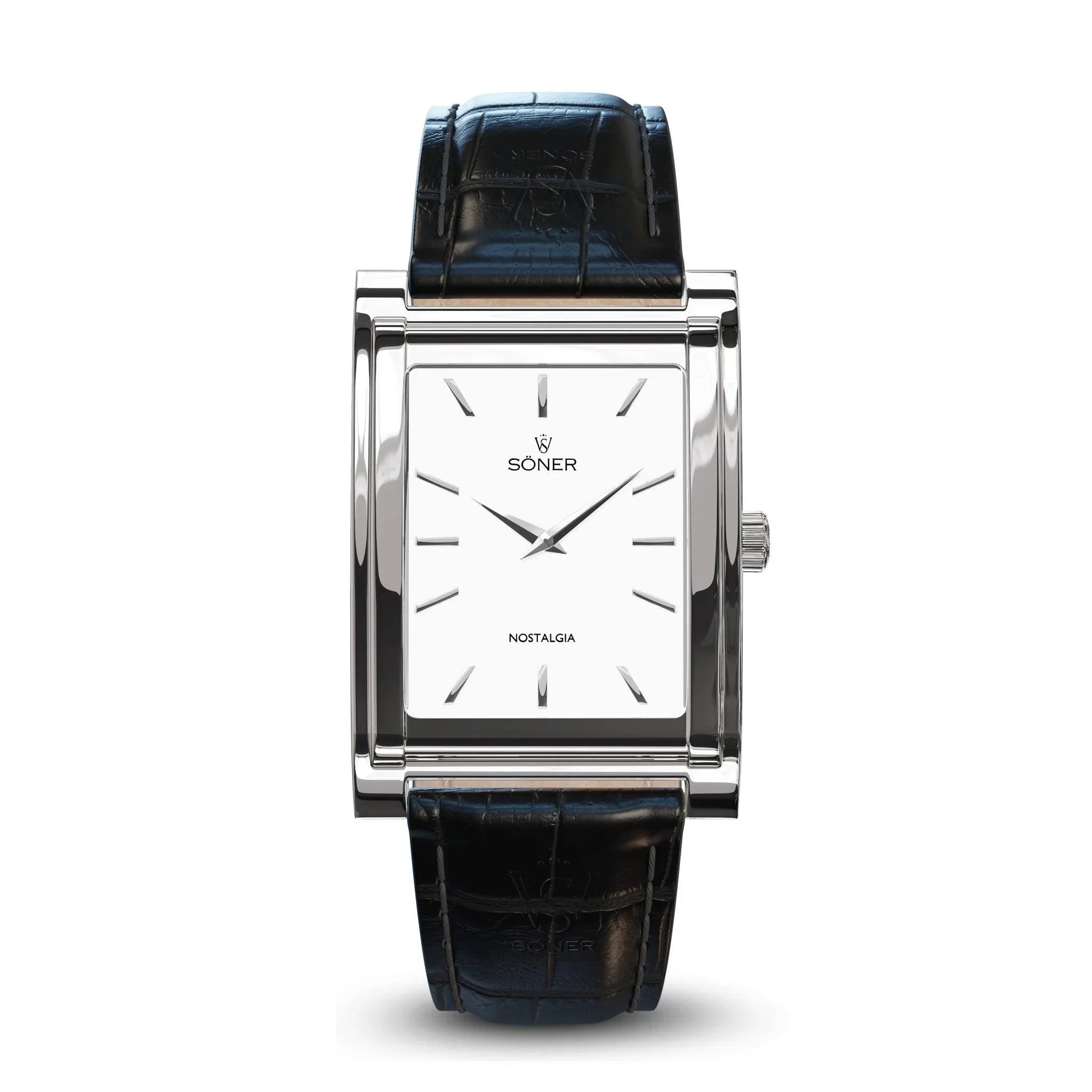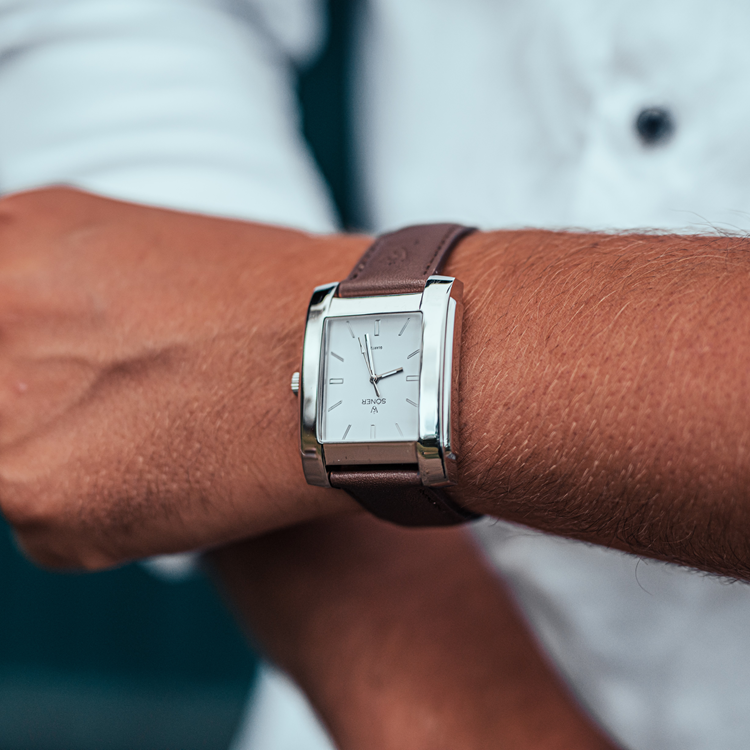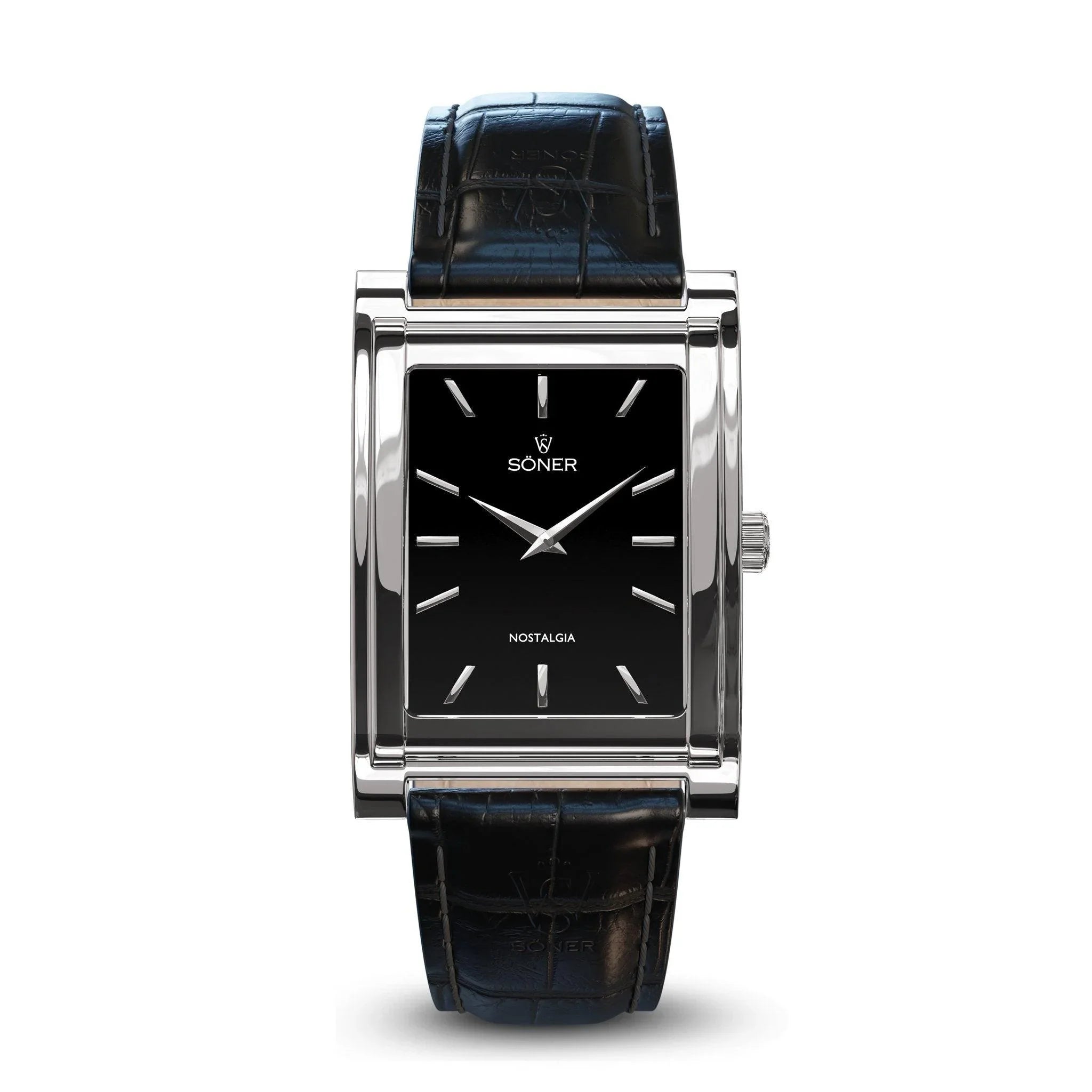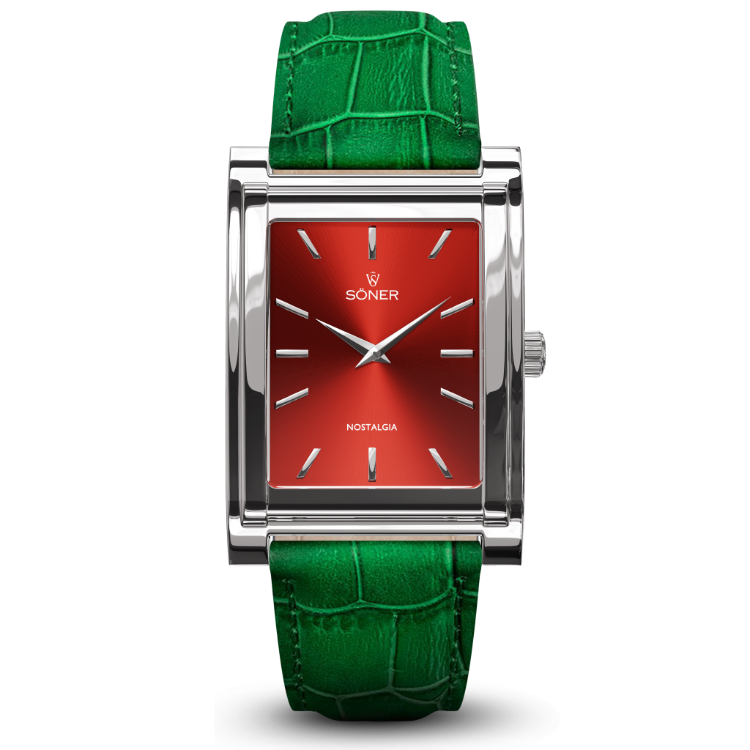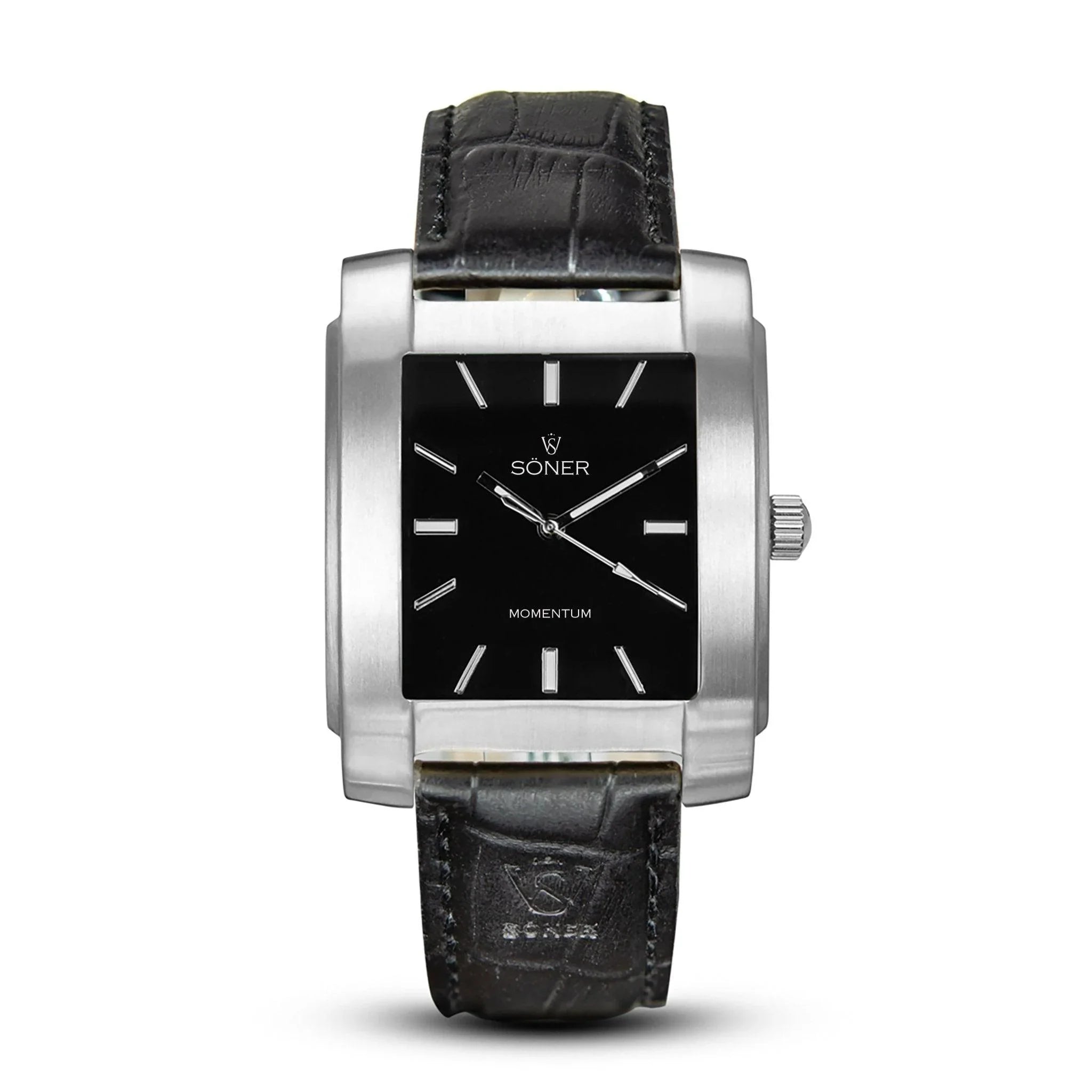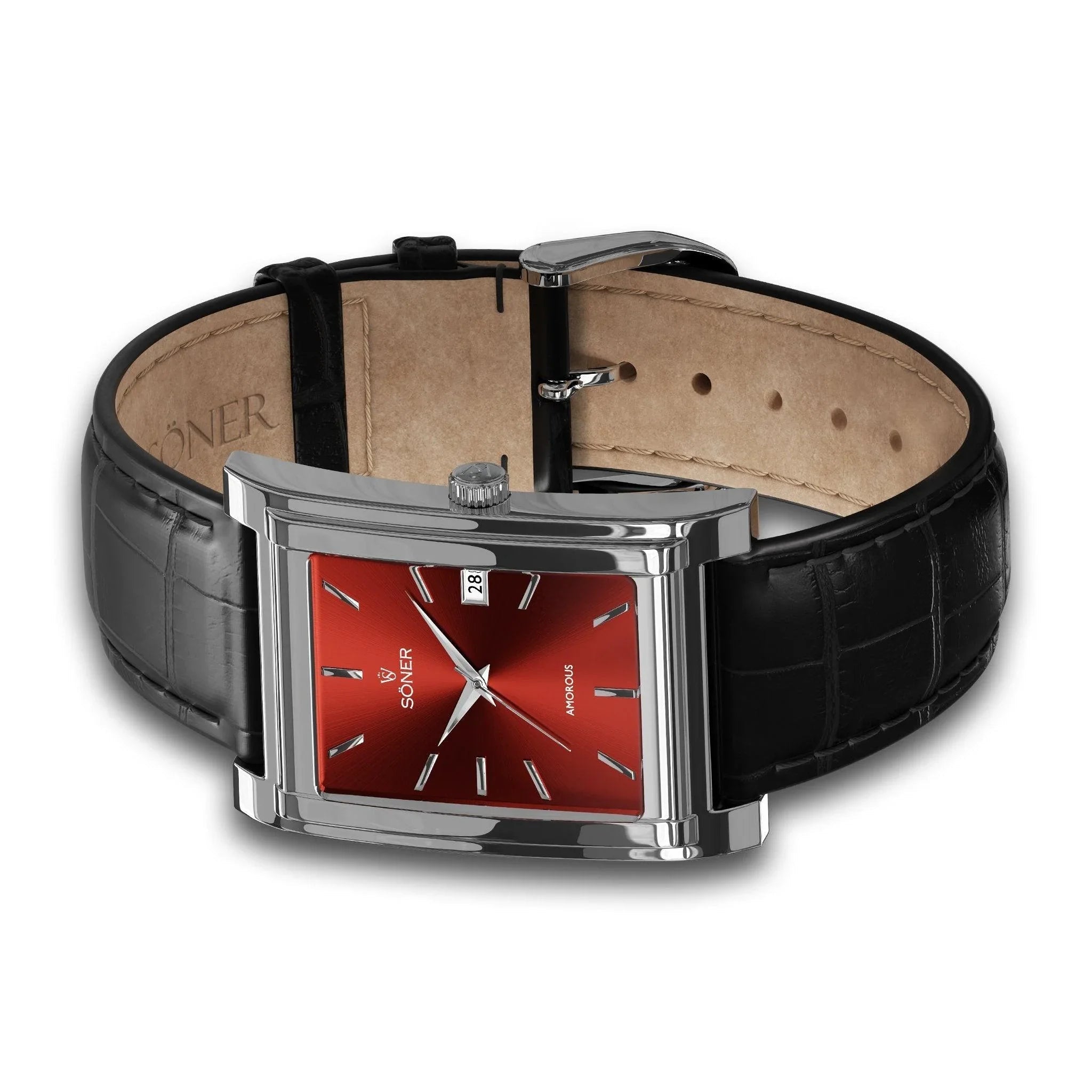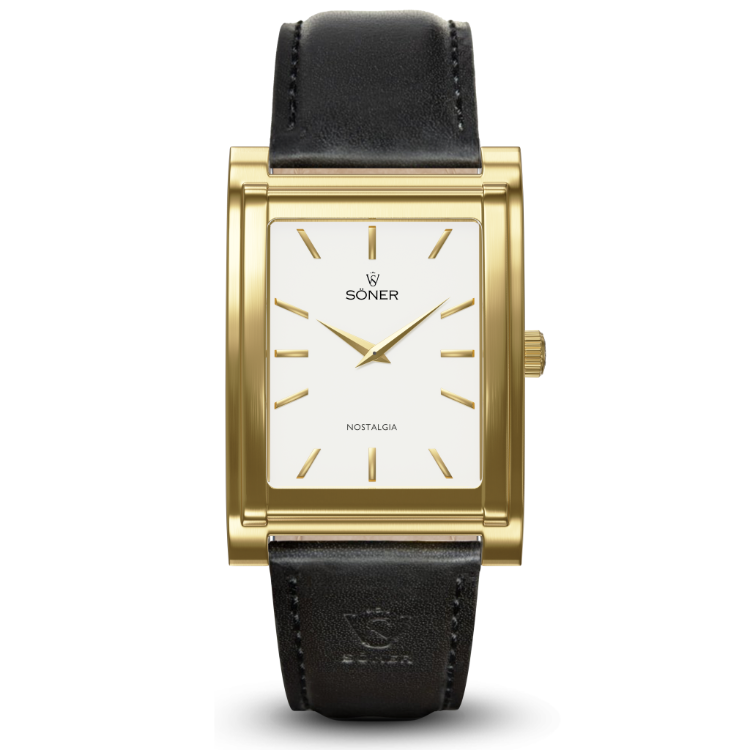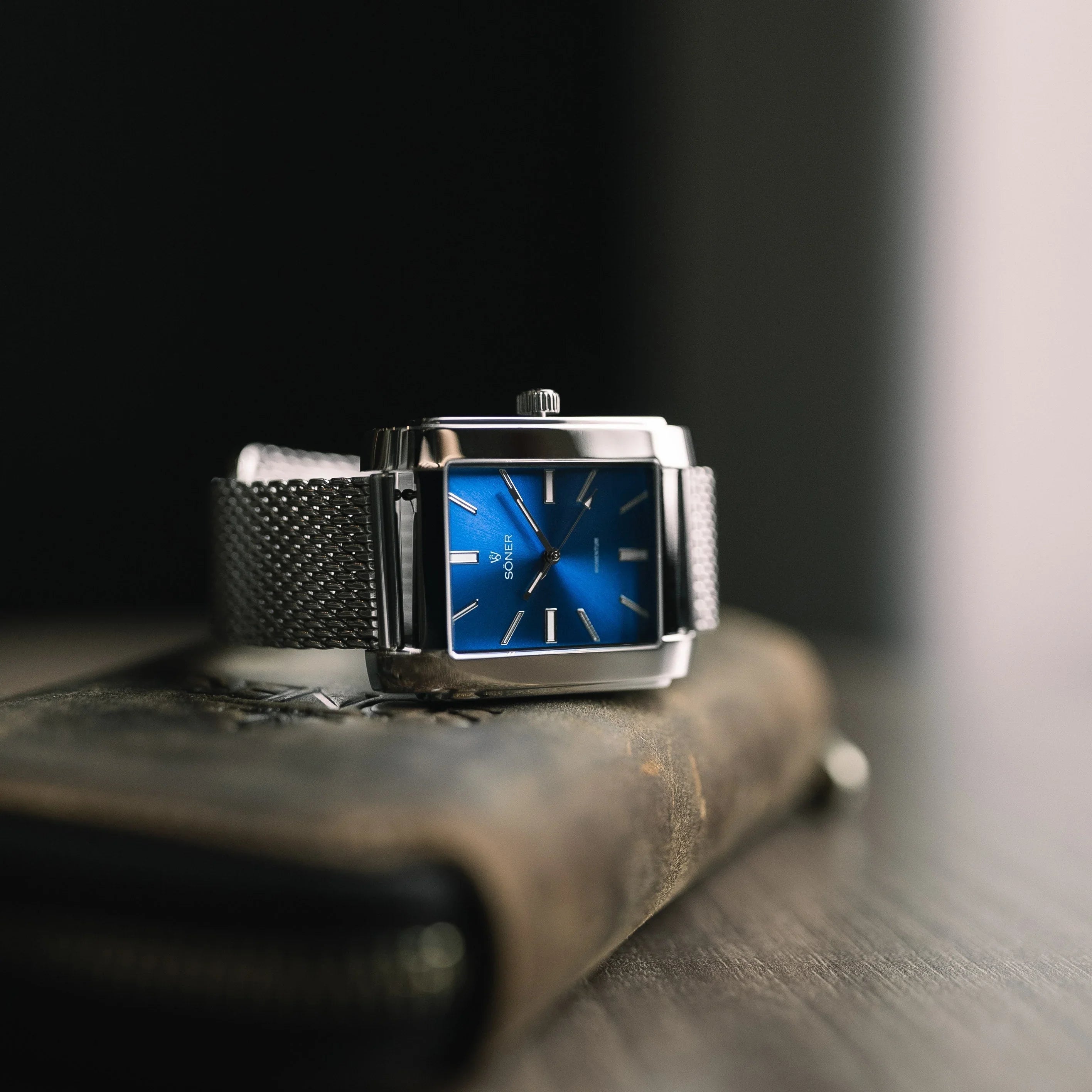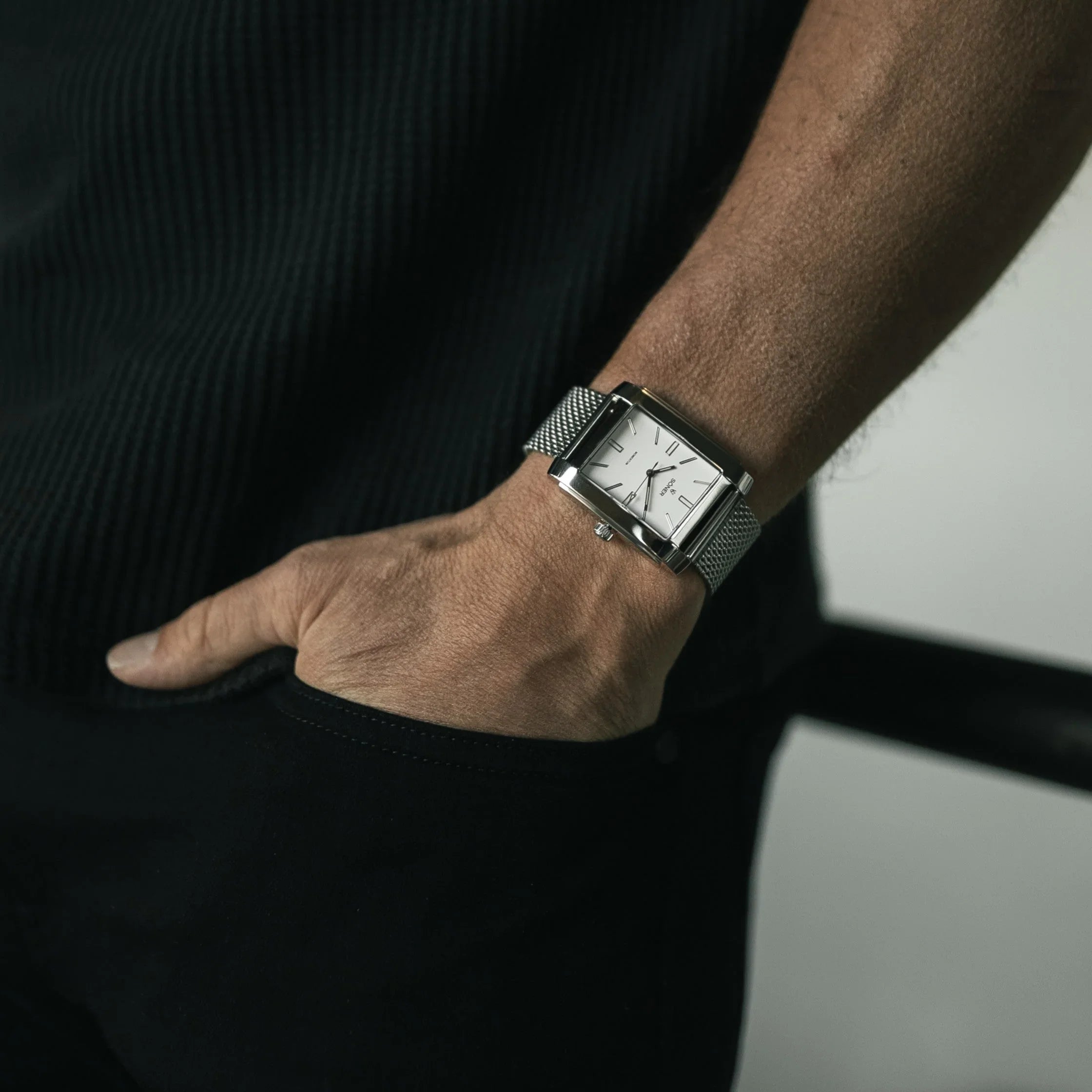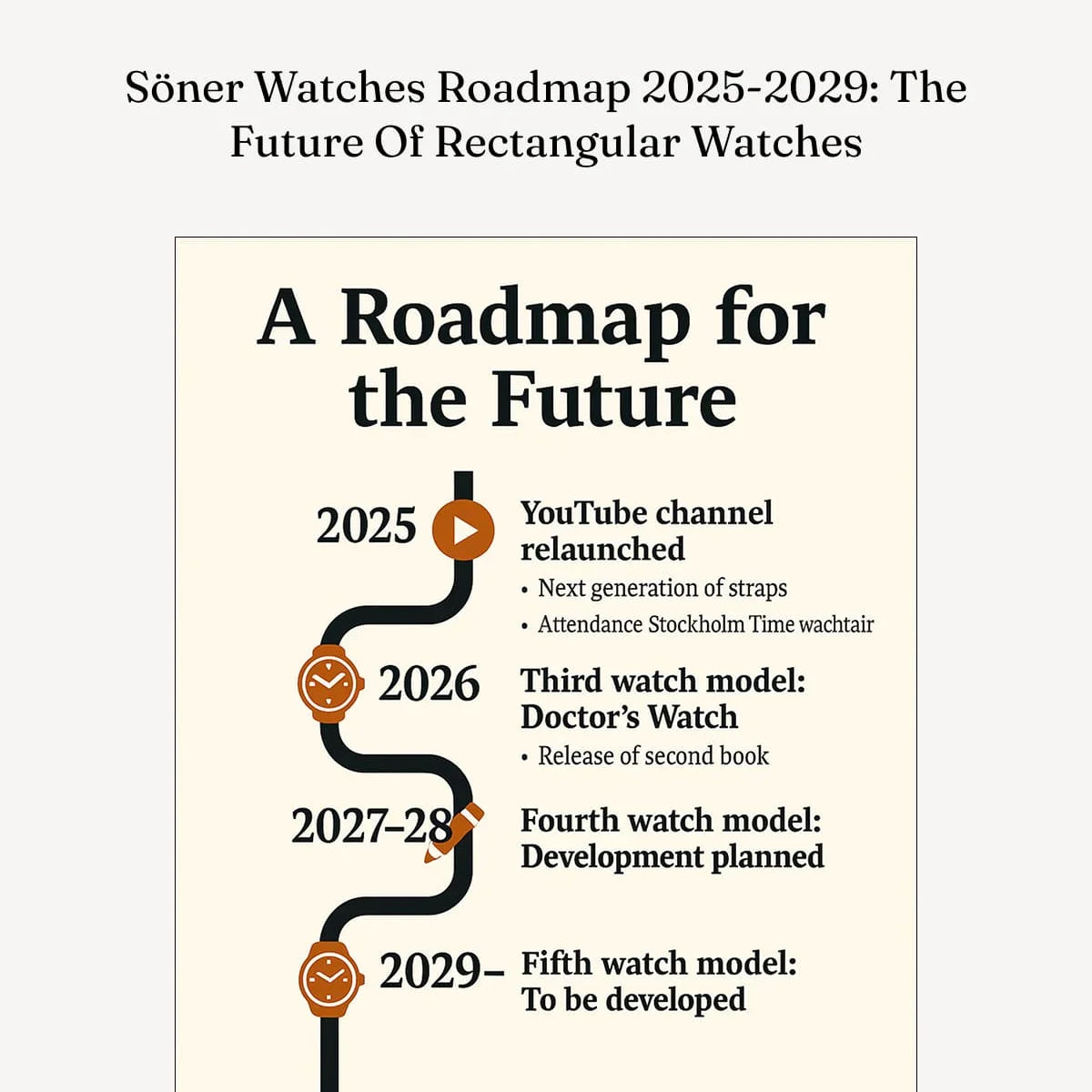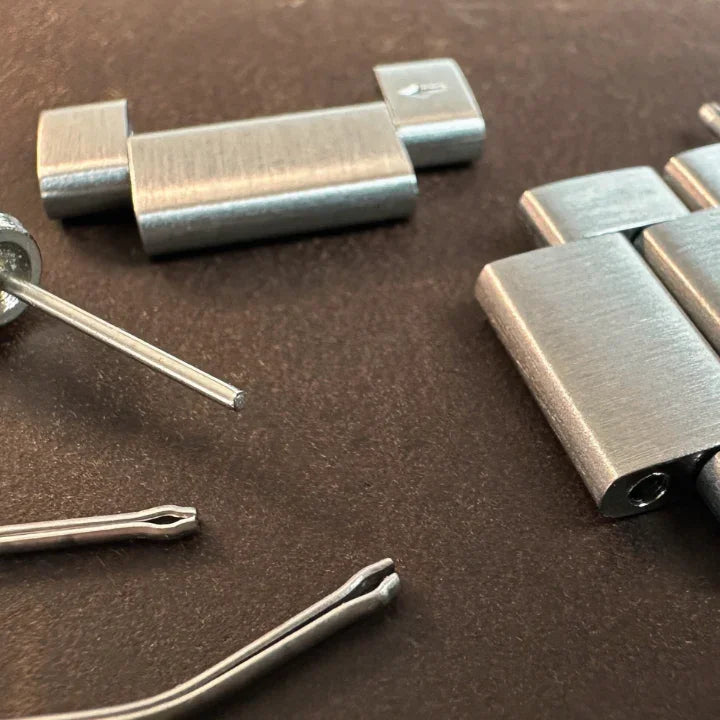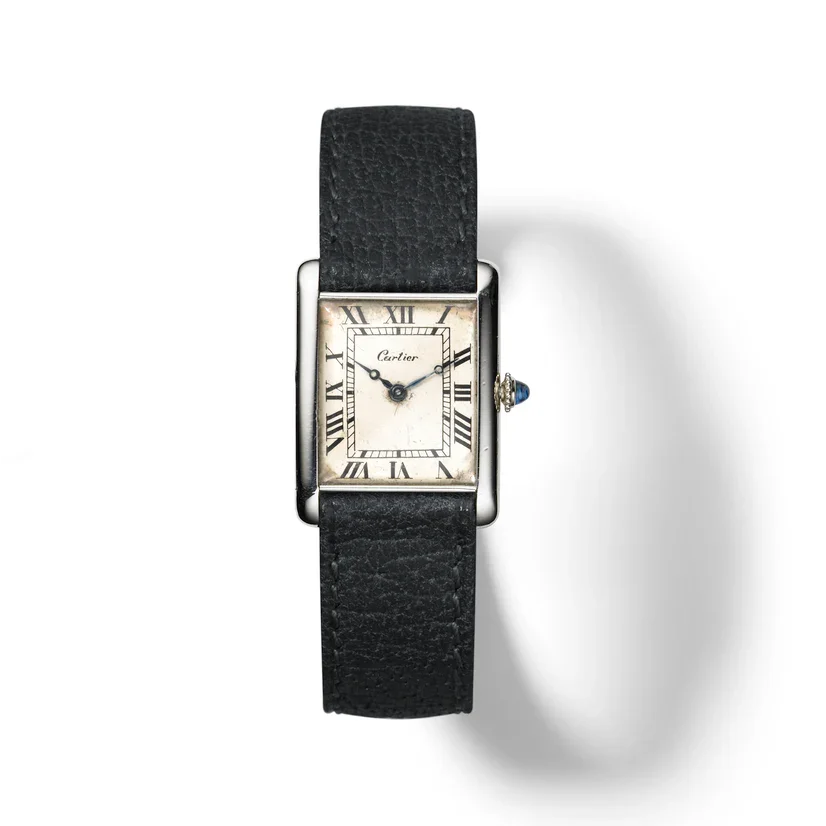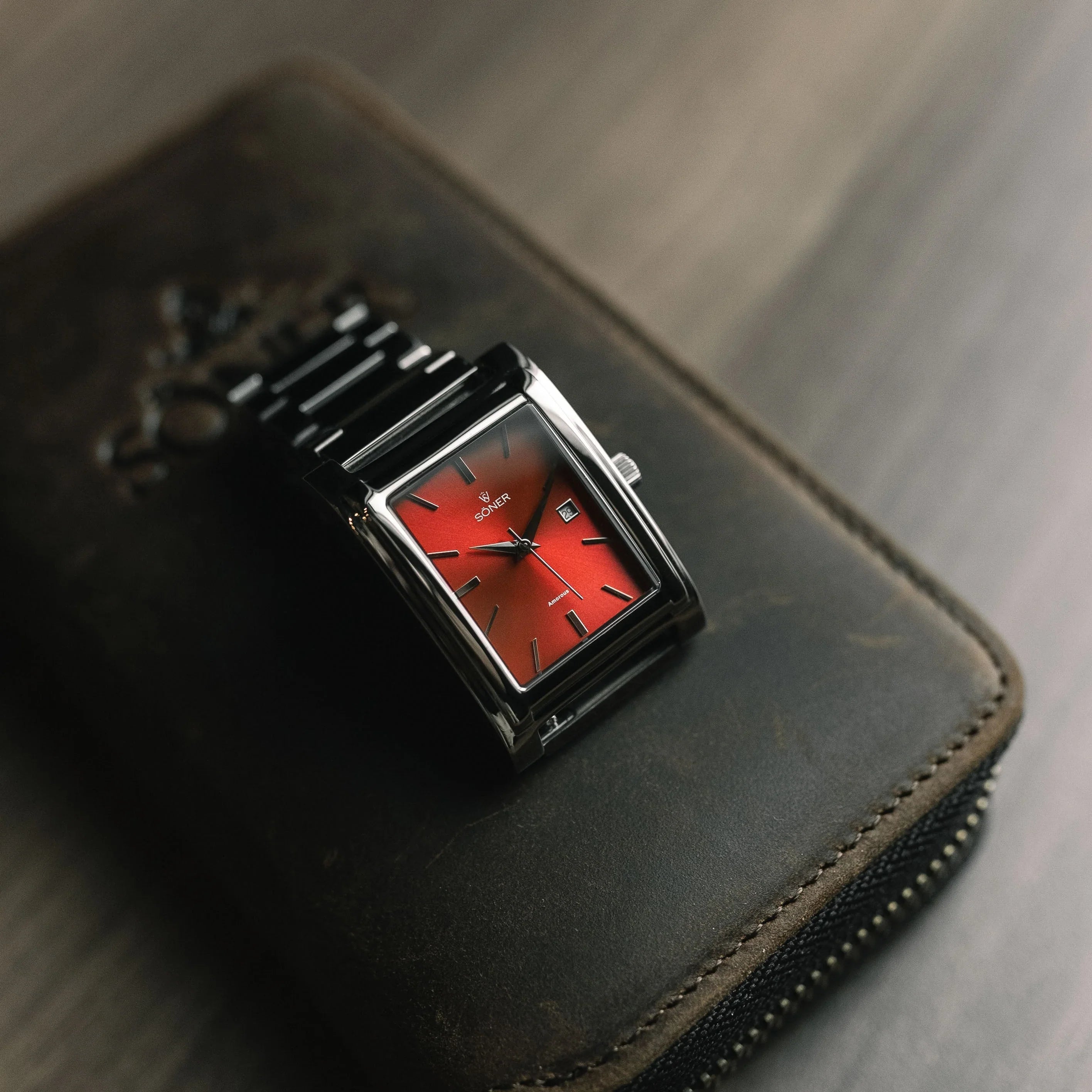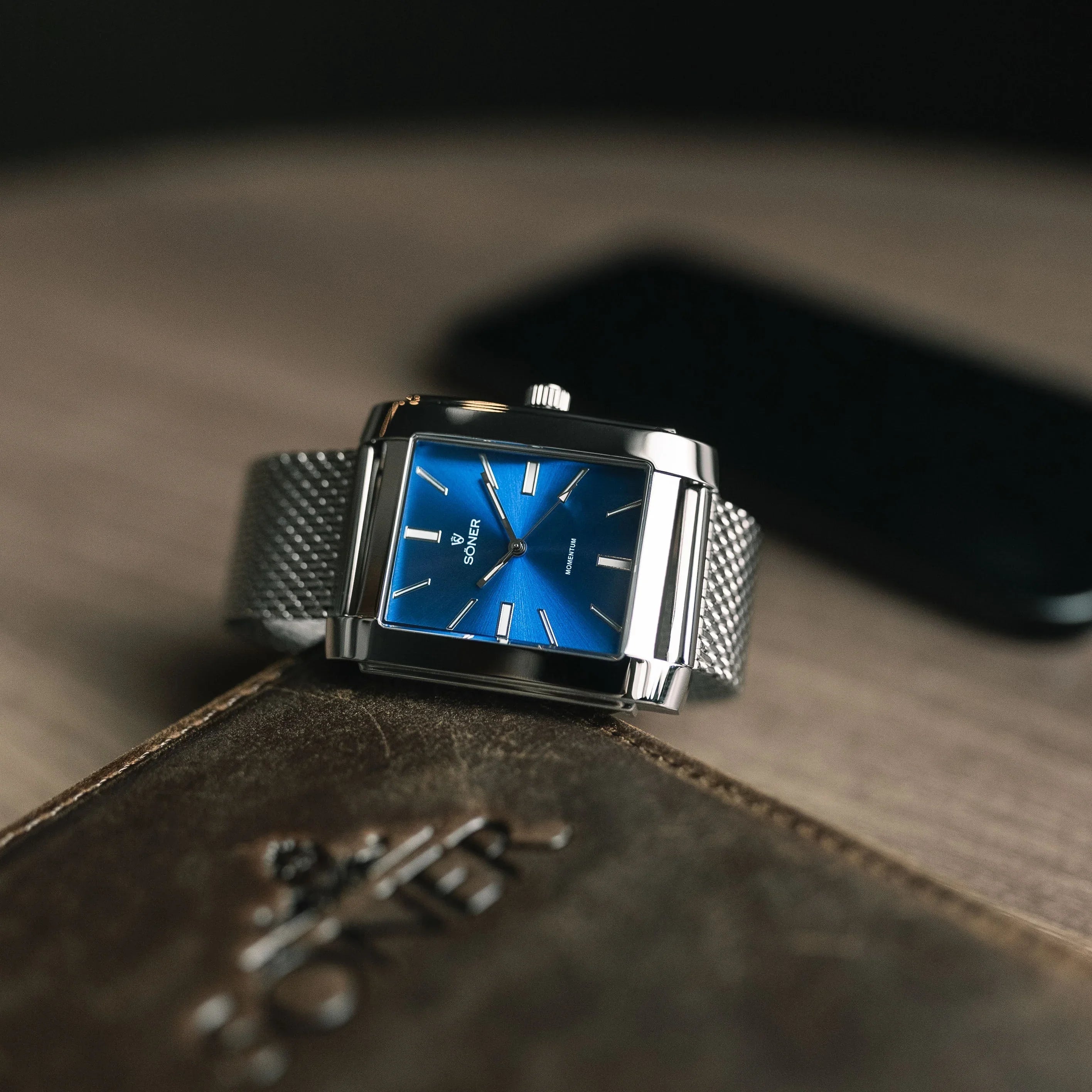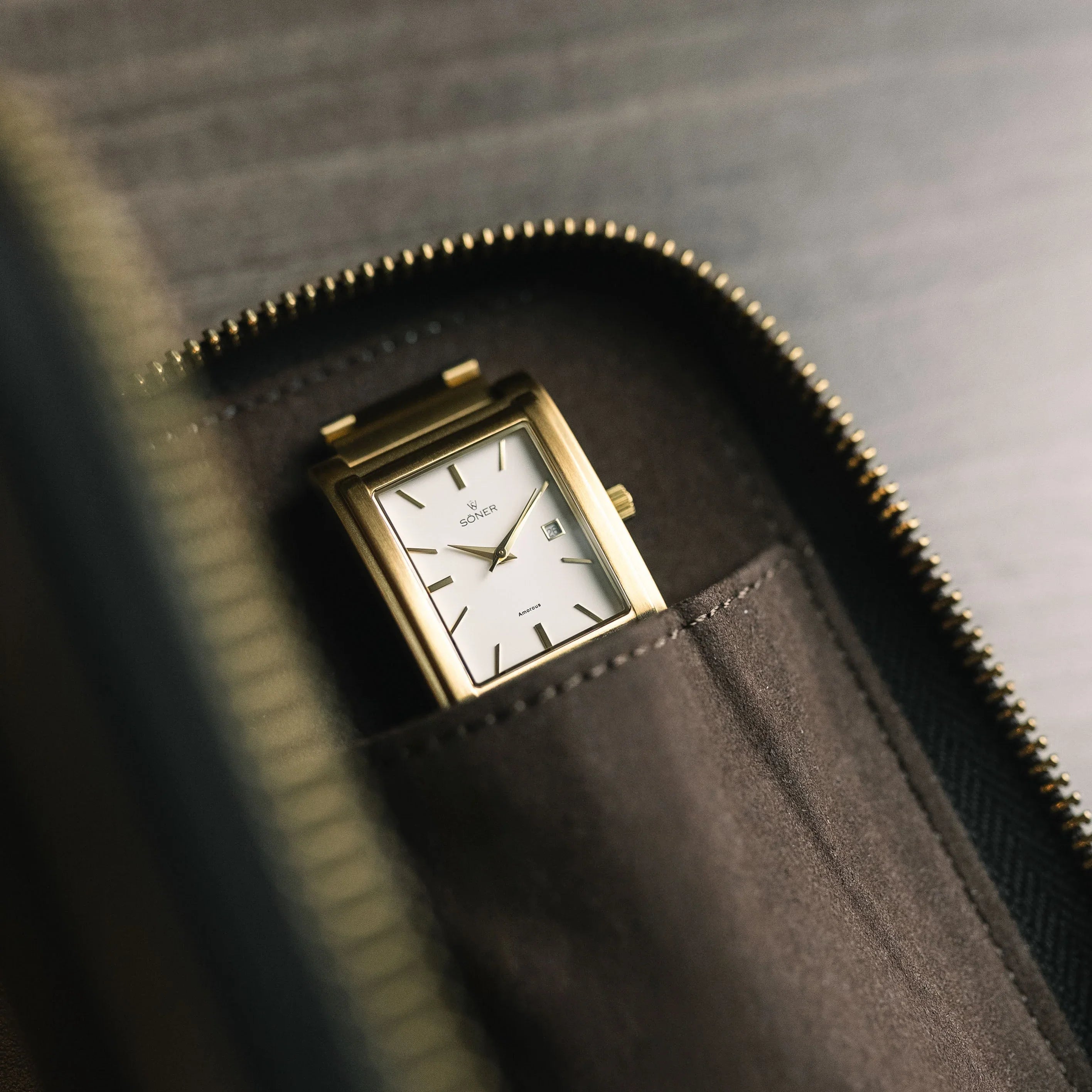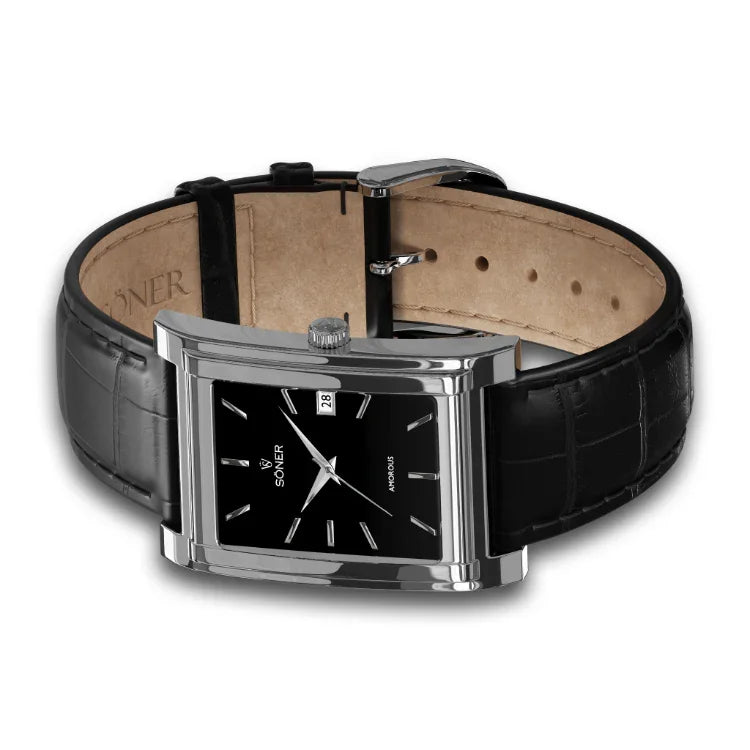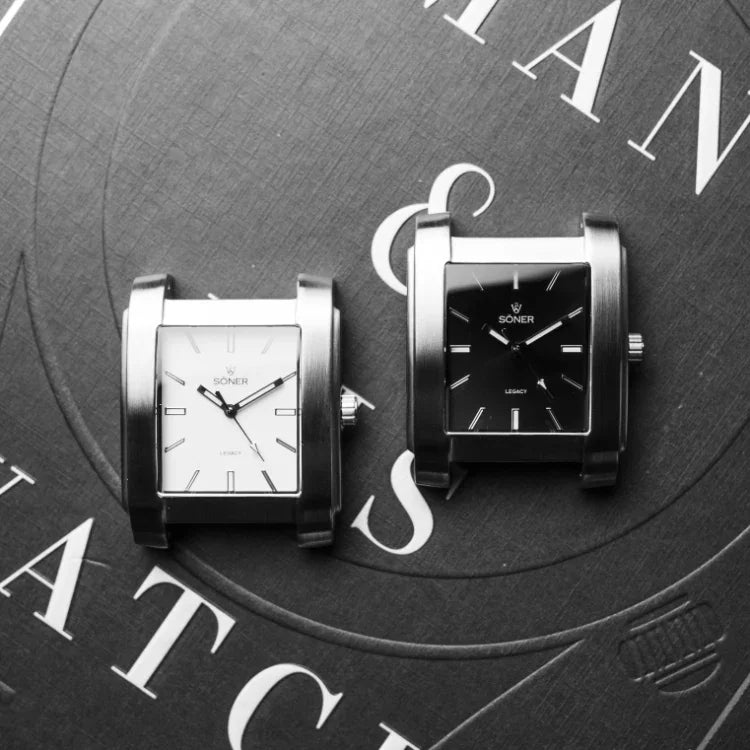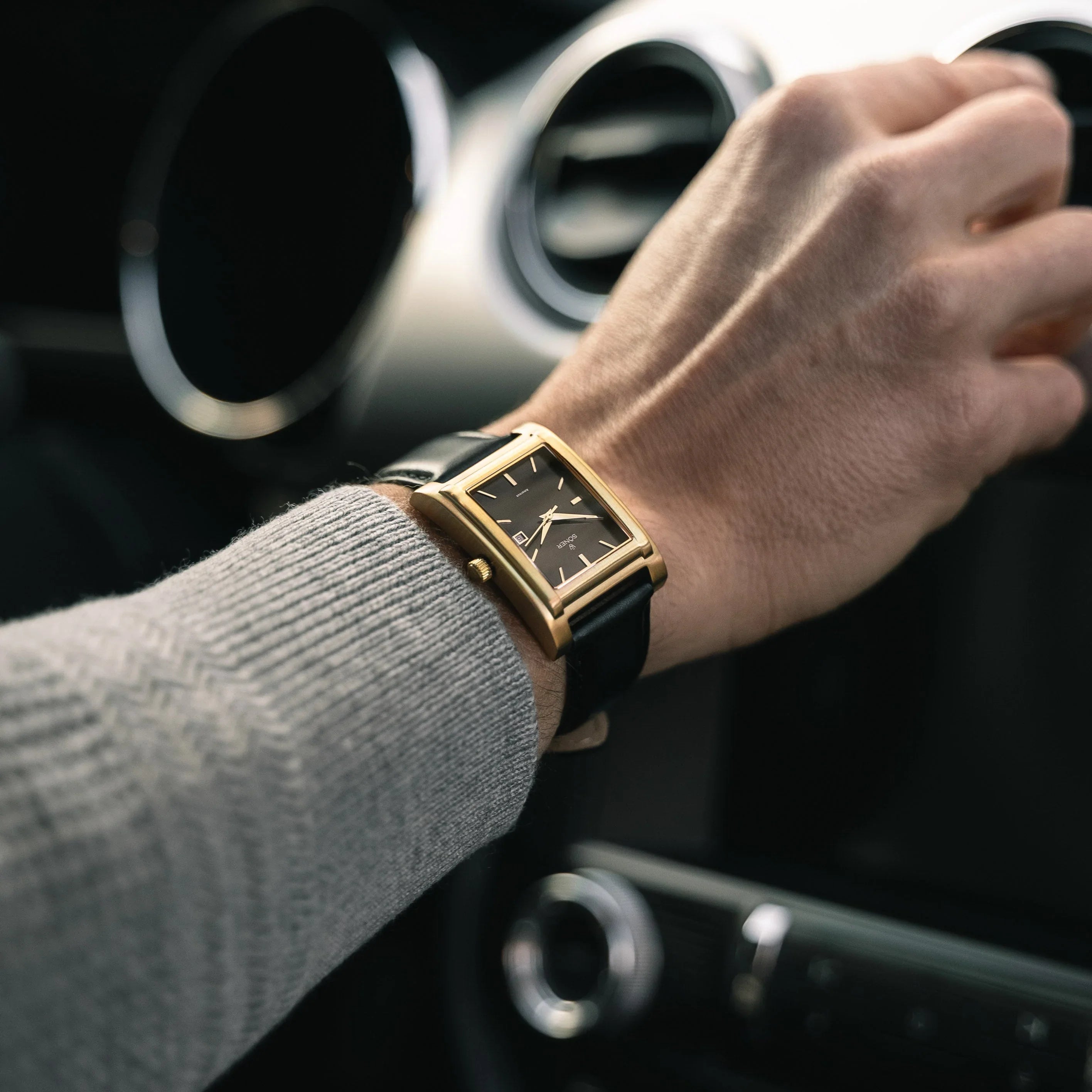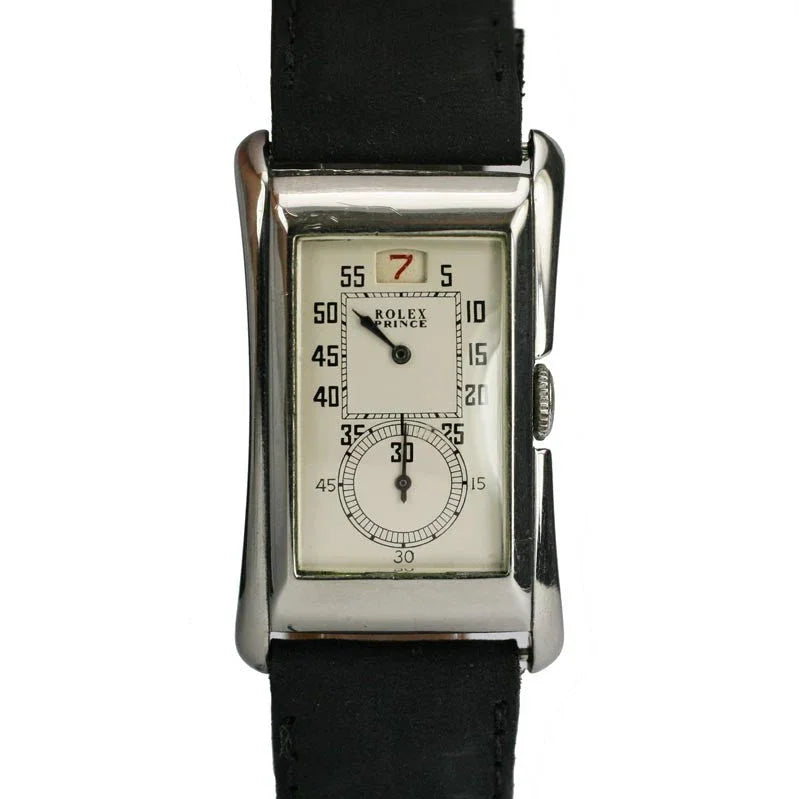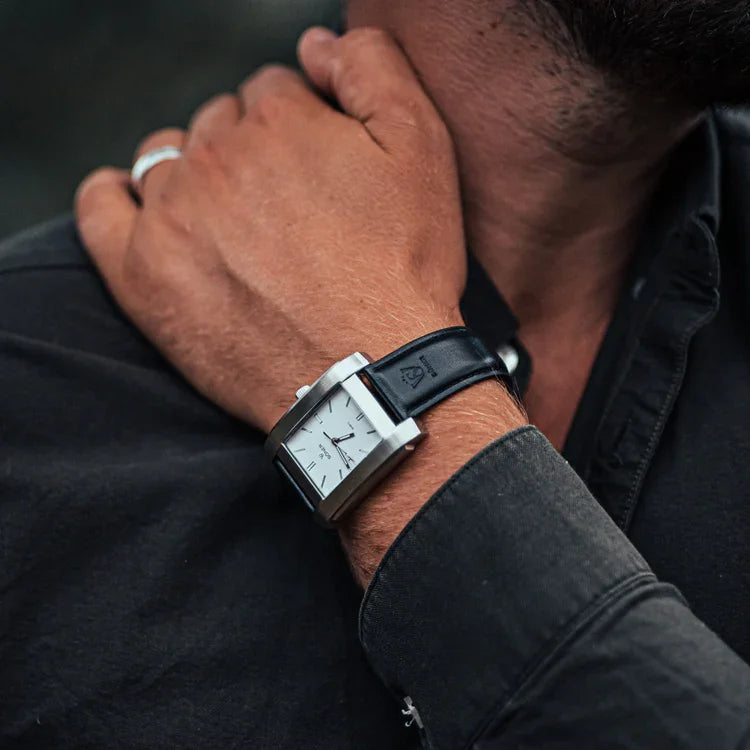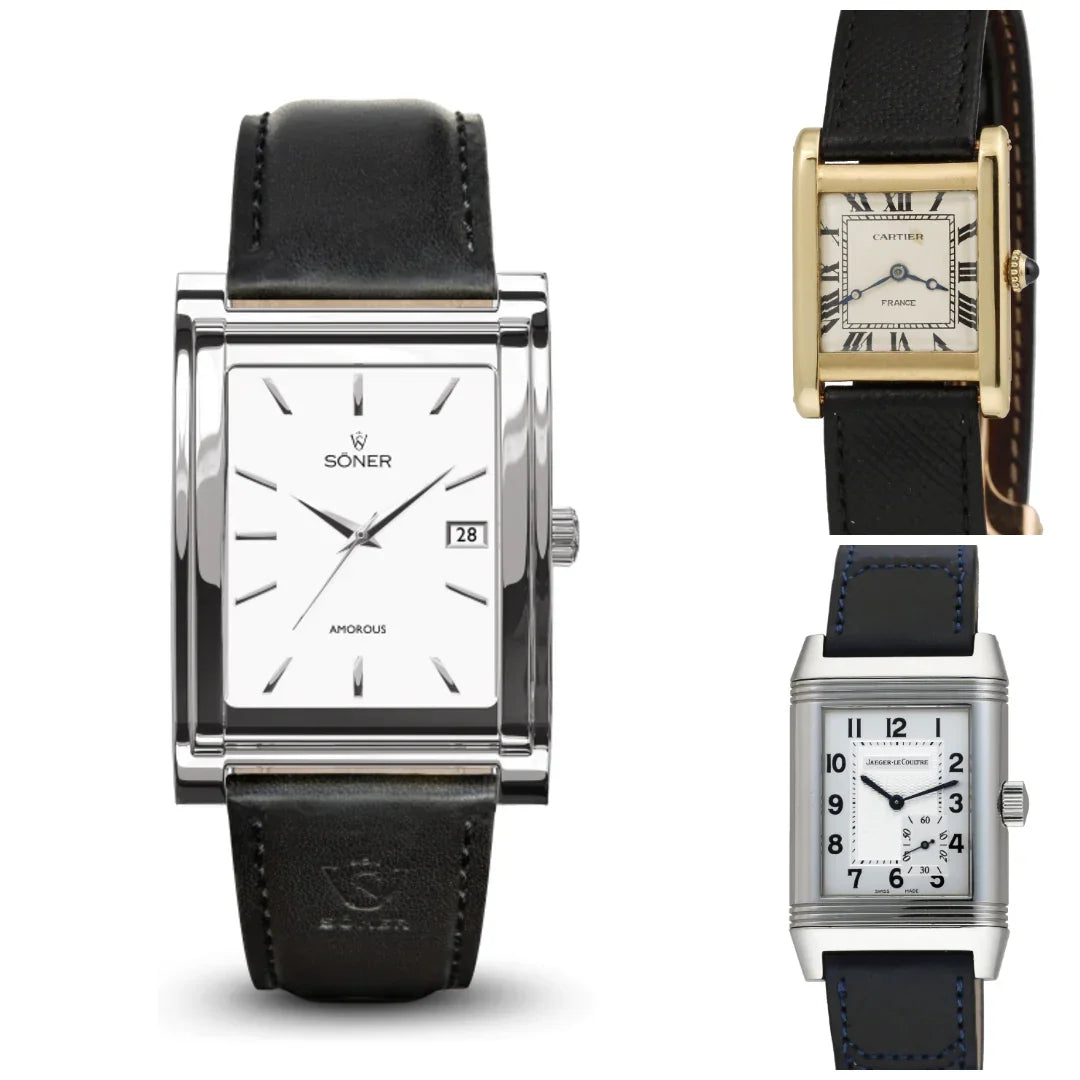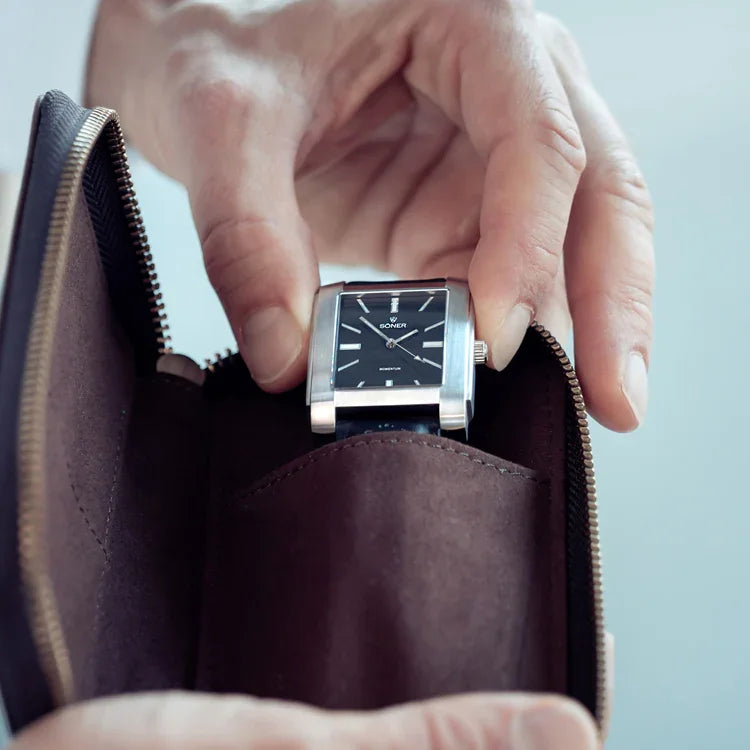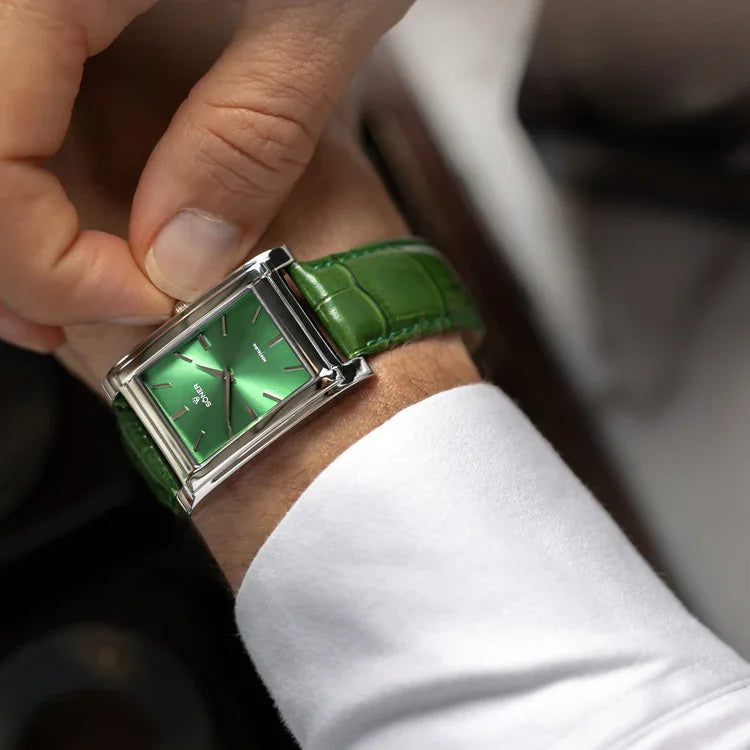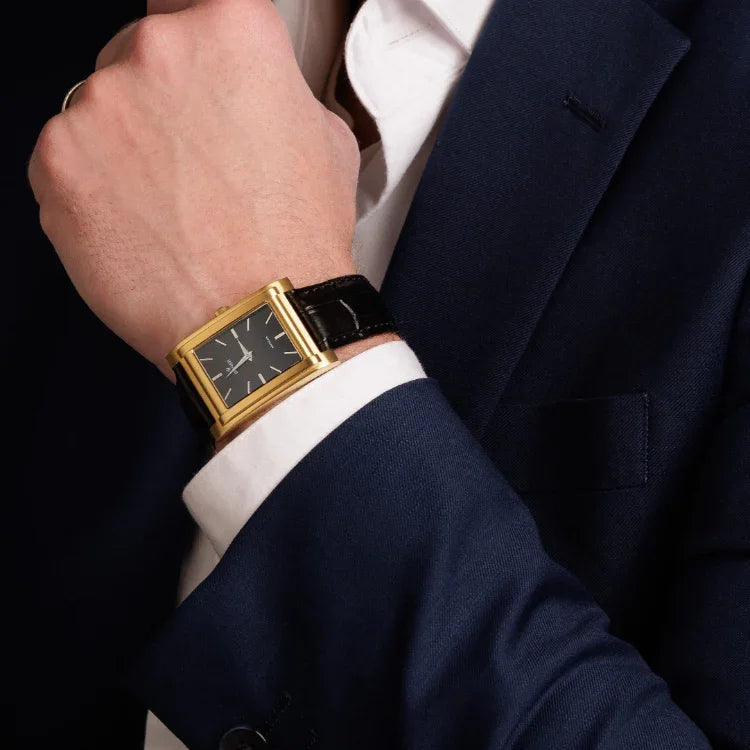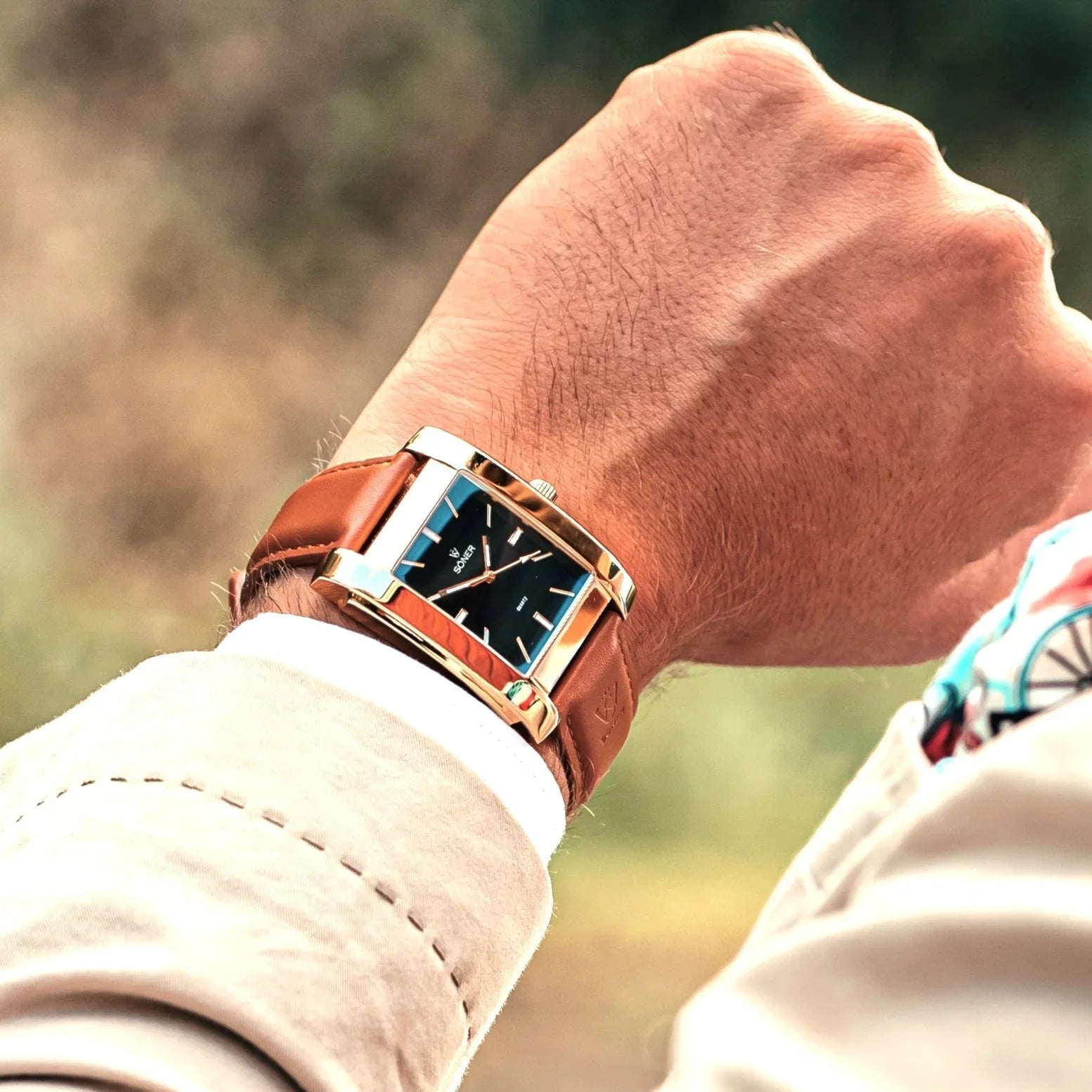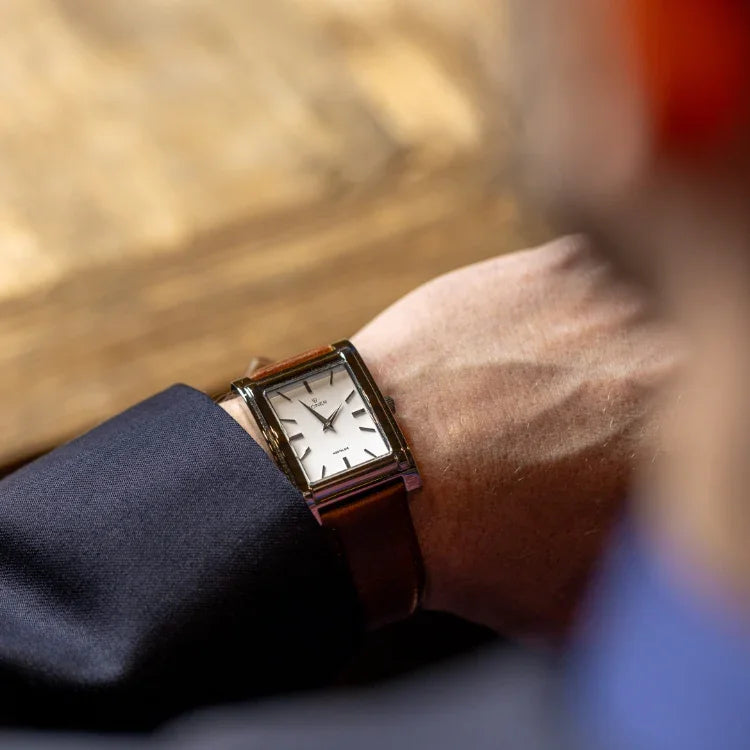Table of Contents
L'evoluzione della misurazione del tempo: dagli orologi solari agli orologi atomici
Introduzione
Sin dall'alba della civiltà, gli esseri umani sono stati affascinati dal concetto di tempo. Il ciclo quotidiano di giorno e notte, le stagioni che cambiano e i movimenti dei corpi celesti hanno tutti influenzato la nostra comprensione del tempo. Nel corso dei millenni, varie culture hanno ideato metodi ingegnosi per misurare e monitorare il tempo, portando ai dispositivi sofisticati su cui facciamo affidamento oggi.
Questo viaggio attraverso la storia della misurazione del tempo rivela la curiosità e la creatività incessanti dell'umanità. Dai primi orologi solari agli ultra-precisi orologi atomici dell'era moderna, ogni innovazione ci ha avvicinato al dominio della misurazione del tempo.
Misurazione del tempo nell'antichità: orologi solari e clepsidre
Orologi solari: i primi misuratori del tempo
Uno dei primi dispositivi conosciuti per la misurazione del tempo fu l'orologio solare, nato nell'antico Egitto intorno al 1500 a.C. Questi strumenti semplici ma efficaci consistevano in un gnomone (un'asta verticale) che proiettava un'ombra su una superficie segnata. Osservando il movimento dell'ombra, le persone potevano stimare l'ora del giorno.
I Greci e i Romani perfezionarono i disegni degli orologi solari, incorporando principi matematici e astronomici. Studiosi greci come Anassimandro studiarono il movimento del sole, portando a orologi solari più precisi con diverse orientazioni—orizzontali, verticali ed equatoriali—ognuno adatto a specifiche località e scopi.
Nel Medioevo, gli orologi solari erano comuni nei monasteri e nelle piazze pubbliche, servendo sia a scopi agricoli che religiosi. I loro disegni variavano da semplici incisioni su pietra a elaborate strutture in metallo e legno, dimostrando la loro utilità duratura.
Clepsidre: misurare il tempo con il flusso dell'acqua
Mentre gli orologi solari si basavano sulla luce solare, le clepsidre fornivano un modo per misurare il tempo di notte o al chiuso. Le prime testimonianze di clepsidre provengono dall'antico Egitto e dalla Mesopotamia (XVI secolo a.C.). Questi dispositivi utilizzavano una goccia costante d'acqua da un contenitore per segnare il passare del tempo.
I Greci e i Cinesi avanzarono la tecnologia delle clepsidre. Si dice che Platone progettò una clepsidra intricata con vasi interconnessi per una maggiore precisione. Nel frattempo, nella Cina della dinastia Han (25–220 d.C.), l'astronomo Zhang Heng creò il globo celeste azionato dall'acqua, una meraviglia ingegneristica che tracciava i movimenti celesti e prevedeva le eclissi.
Misurazione del tempo nel Medioevo: la nascita degli orologi meccanici
Il Medioevo segnò una svolta con l'invenzione degli orologi meccanici nell'Europa del XIII secolo. Questi primi orologi, spesso installati in monasteri e cattedrali, utilizzavano pesi, ingranaggi e scappamenti per regolare il movimento.
Due esempi notevoli sono:
-
Orologio della Cattedrale di Salisbury (XIV secolo) – Uno dei più antichi orologi meccanici ancora esistenti, che batteva le ore con una campana.
-
Orologio della Cattedrale di Wells (1392) – Con un quadrante astronomico che mostrava le fasi lunari e le posizioni planetarie.
Questi imponenti orologi pubblici simboleggiavano sia l'ordine religioso che sociale, aiutando le comunità a sincronizzare le attività quotidiane.
L'orologio a pendolo: una rivoluzione nella precisione
Nel 1656, lo scienziato olandese Christiaan Huygens inventò l'orologio a pendolo, una svolta nella precisione. Utilizzando un pendolo oscillante per regolare il movimento, questi orologi perdevano solo pochi secondi al giorno, un enorme miglioramento rispetto ai meccanismi precedenti.
Impatto dell'orologio a pendolo
-
Navigazione: permise calcoli precisi della longitudine in mare.
-
Scienza e industria: standardizzò la misurazione del tempo per esperimenti e fabbriche.
L'invenzione di Huygens pose le basi per i cronometri marini e gli orologi meccanici moderni.
La rivoluzione industriale: la misurazione del tempo per le masse
I secoli XVIII e XIX trasformarono l'orologeria attraverso la produzione di massa. I progressi chiave includevano:
-
Parti intercambiabili – Ridussero i costi e aumentarono la coerenza.
-
Nuovi materiali (acciaio, leghe) – Migliorarono la durata.
-
Ingegneria di precisione – Portò a cronometri e orologi da tasca affidabili.
Per la prima volta, le persone comuni potevano permettersi orologi personali, democratizzando la misurazione del tempo.
Misurazione del tempo moderna: precisione al quarzo e atomica
L'ascesa degli orologi da polso
-
La Prima Guerra Mondiale rese popolari gli orologi da polso per praticità.
-
Gli orologi al quarzo degli anni '60 portarono precisione accessibile e alimentata a batteria.
Orologi atomici: la massima precisione
Sviluppati a metà del XX secolo, gli orologi atomici misurano il tempo usando le vibrazioni atomiche (cesio o rubidio), raggiungendo una precisione nell'ordine di miliardesimi di secondo. Alimentano:
-
i satelliti GPS
-
le telecomunicazioni globali
-
la ricerca scientifica
Conclusione: la ricerca senza tempo dell'umanità
Dagli orologi solari che proiettano ombre ai superorologi che misurano atomi, la storia della misurazione del tempo riflette la nostra incessante ricerca di precisione. Ogni innovazione—sia meccanica, a pendolo o atomica—ha plasmato il modo in cui viviamo, lavoriamo ed esploriamo.
Guardando al futuro, gli orologi quantistici e la misurazione del tempo basata nello spazio promettono una precisione ancora maggiore, continuando la ricerca senza tempo dell'umanità per dominare il tempo stesso.
La storia della misurazione del tempo è tutt'altro che finita—cosa riserverà il prossimo capitolo?





